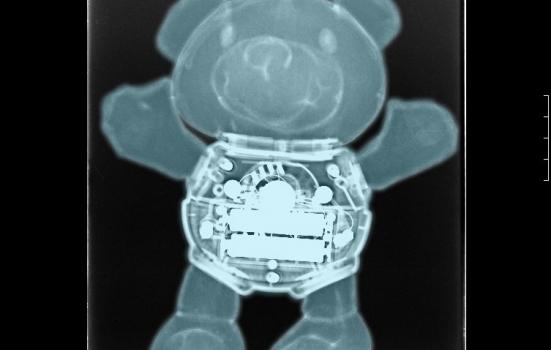Having worked in children’s arts and health in a London hospital, Victoria Jones, now in Melbourne in Australia, compares the respective creative programmes.

In 2005 I founded the GO Create! programme for Great Ormond Street Hospital, London (GOSH). Over the years the programme grew and went from strength to strength, receiving wide-scale recognition both within the field of healthcare and beyond. In 2013 I was invited to establish a similar programme for the Royal Children’s Hospital in Melbourne, Australia (RCH). Like many leading global hospitals, RCH is committed to providing best-practice holistic care, which includes the benefits of the creative arts to health and wellbeing, and is firmly committed to bringing the creative arts into the mainstream hospital experience.
Coming to a new country has been exciting but very challenging in many ways. However, it has provided me with a much greater appreciation and wider perspective on the field of arts in health in the UK and Australia. An issue which seems to plague this field in both countries is fragmentation. Here in Australia there are huge geographical challenges and time differences to overcome. In such a vast country, visiting another hospital can require a flight and an overnight stay, which makes sharing ideas, collaborating and mutual support all the more difficult. This is something which I have experienced in the UK too, albeit in a different way. Often smaller or lower profile hospitals would be hesitant to work in partnership with bigger, better known hospitals. Great Ormond Street, with such strong charity support, often seemed to be resented by other NHS hospitals − our inclusion in the Olympics Opening ceremony caused outrage to many colleagues in other hospitals. As I developed the GO Create! programme I had to deal with direct and unfair criticism from peers at conferences. The larger creative programmes, such as mine and Vital Arts, were at times unfairly criticised instead of celebrated by peers. If these larger, more recognised hospitals do not have creative programmes, what chance do smaller hospitals have of getting such things off the ground?
There are 'national' umbrella organisations which seem to come and go and others which do not seem to do much but have flashy websites
In the UK, criticism came from not only among ourselves but from the press too, albeit again intermittently, with scathing articles about projects or commissions over the years, only infrequently interspersed by positive coverage of the odd project here and there. Happily, by comparison, my experience of arts in health media coverage in Australia has been quite the opposite with regular positive coverage in television, radio and print.
The Australian arts in health field has a long way to go. It is not as developed as in the UK and there are far fewer hospitals with creative programmes. On the other hand, arts in the community seems to be flourishing, often as part of bushfire recovery schemes, and there is much that the UK could learn from this in terms of community regeneration.
I often wonder what the future for arts in health will hold, both in Australia and the UK. There are moments of brilliance which give me hope for bright things ahead, but then there are times when funding cuts and changes of governments or CEOs give cause for grave concern. There are 'national' umbrella organisations which seem to come and go and others which do not seem to do much but have flashy websites. There is often lots of talking, conferences, think tanks, working groups − but then no action nor solid outcomes.
It would be my hope that in the future, every hospital and healthcare facility would have a creativity programme of some description with the following in place:
- Funding for programmes considered as part of the core business and not just a luxury add-on;
- Strong support organisations which bring such programmes and the professionals working within them together in an effective and productive way;
- Regular events where new and fresh ideas are shared and actually developed further;
- Peer support between healthcare providers where experience and knowledge − ups as well as downs − are openly shared, so mistakes aren't repeated and the quality and reputation of the wider arts in health field is raised.
Creativity, when done well, can play such a positive role in healthcare environments. Jane Collins, previous CEO of Great Ormond Street, was once asked at a fundraising event “Can you afford to have art in the hospital?” to which she simply replied: “We can't afford not to have it.”
Victoria Jones is the Director of Creative Arts at the Royal Children's Hospital, Melbourne.
www.rch.org.au/arch




